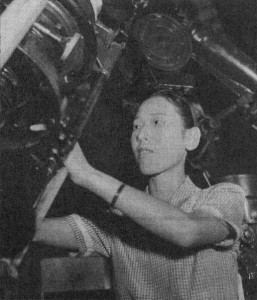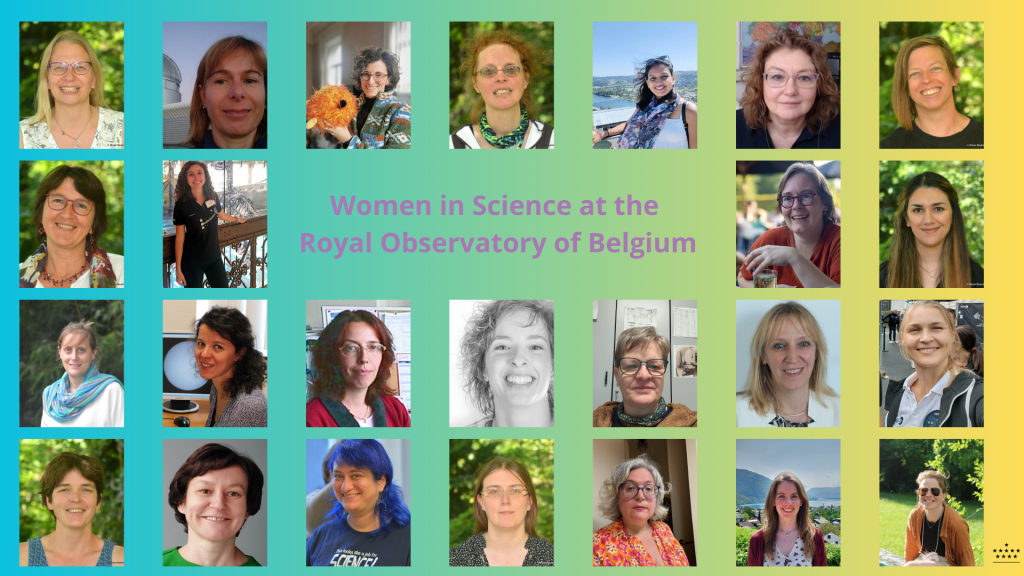International Day of Women and Girls in Science – Women Researchers in Astronomy and Geophysics
Today is the International Day of Women and Girls in Science. Let’s put those in the research fields of the Royal Observatory of Belgium in the spotlight.
According to data from the UNESCO Institute for Statistics, women scientists make up only 33.3% of the world’s researchers, a proportion comparable to that of women scientists at the Royal Observatory of Belgium. However, both in the past and at present, women have made major contributions to science in their respective fields.
In 2024, UNESCO launched the ‘Closing Gender Gap in Science’ initiative, which consists of three fields of action:
- Debunking gender stereotypes and prejudices in science by improving the visibility of female role models;
- Opening up access to science education for girls through innovative and stimulating educational strategies and initiatives;
- Creating working environments that attract, retain and advance women scientists through policy actions that promote inclusion, diversity and equity.
The Royal Observatory of Belgium is committed to create an inclusive environment for its employees through a Gender Equality Plan. In this article, we highlight the role of women scientists in the Observatory’s areas of research, both in the past and today.
Female Astronomers and Geophysicists in History

Hisako Koyama in 1951. Source: Wikimedia.
In astronomy and astrophysics, there are many women who have left their mark on the field, like Caroline Herschel (1750–1848), Vera Rubin (1928–2016), Cecilia Payne (1900–1979) and Jocelyn Bell (1943). Some female astronomers also created astronomical measurement and classification tools that are still in use today. For example, the order of the spectral classes of stars (O B A F G K M) was established by Annie Cannon (1863–1941), while Henrietta Leavitt (1868–1921), by discovering the period-luminosity relation of cepheids, provided an important tool for measuring the distances between the Earth and galaxies.
In solar physics, we should also mention Hisako Koyama (1916–1997), who provided one of the largest sets of sunspot drawings spanning more than fifty years of observations. Her sunspot data was used as a calibration tool to reconstruct solar activity over more than four hundred years, as shown in this recent scientific article, one of the authors being a member of the Observatory at the time.
Finally, in geophysics fields related to the Observatory, let us mention Inge Lehmann (1888–1993), a seismologist who discovered the existence of a solid core inside the Earth based on seismic data. The American Geophysical Union created the Inge Lehmann Medal to reward geophysicists who have made a significant contribution in their field.
Women Scientists at and Working With the Observatory
Today, women are an integral part of scientific research, whether as colleagues, students or team leaders. Our scientists at the Observatory regularly interact with female colleagues in their field inside and outside the Observatory.
In fact, at the Observatory, many of our female colleagues are making as significant advances in science as their male counterparts. Here is a photo collage of some of our current female colleagues. A wonderful way of honouring them on this day!

